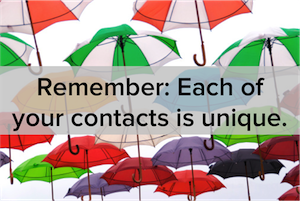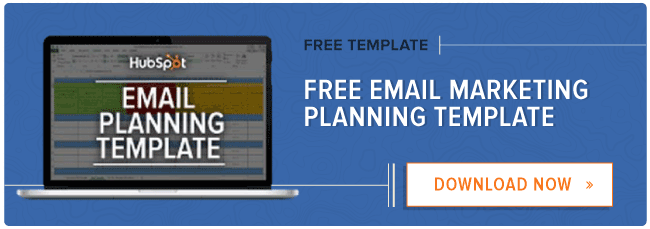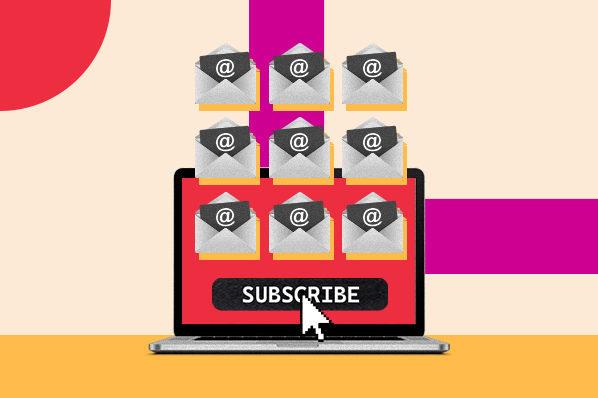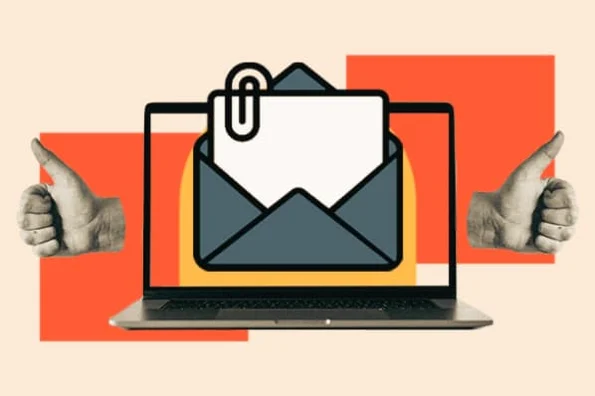We all like to focus on the sexy stuff. In inbound marketing, this often means focusing on front-facing channels. You know: the sleek, mobile-optimized website design. The well-designed landing pages with attractive CTAs. The well-rounded social media presence. These are the parts of inbound marketing that turns visitors into leads.
But once you've secured those leads, what do you do with them?
If you add more visitors and leads, you're widening the funnel, but if you aren't effectively nurturing them down the funnel, it's a waste of your resources.
That's where that nitty-gritty, middle-of-the-funnel (MOFU) marketing comes in -- things like email nurturing, smart calls-to-action, and retargeting. And the secret to having excellent MOFU marketing lies on how well you segment your contacts.
Segmentation isn't the sexiest of marketing topics, but it is one of the most powerful. Here's why.
What are segmented lists?
At the basic level, they're exactly what it sounds like -- you break up your contact lists into smaller segments. These segments can be cut and combined a number of different ways: by psychographics, demographics, industry, company size, webpage views, number of downloads of your content -- you name it.
So, the world is your oyster ... with some limitations, of course. The contact data you have to work with depends on what information leads share with you on forms.
For instance, if a contact fills out a form only with their name, age, and phone number, in all likelihood, you still need some other vital information to segment them accordingly. If they provide you with more details, though, like where they work, their role at their company, and their business needs, now you add them to the appropriate list(s).
Assuming you have enough data on contacts to segment them properly, you'll want to be sure to aptly construct segments to be able to send them personalized content.
Why is segmentation important?
List segmentation allows you to send the right people the most pertinent content at the ideal time.
You can segment your lists of contacts and leads by data collected on form submissions as well as the specific interactions they have with your marketing after they're already a lead in your database. These actions can be things like clicks on a specific CTA, tweets at your company's Twitter handle, or views on a specific page on your website -- they can all help you get even more specific with your segmentation.
For instance, if a lead visits your pricing page, they might be evaluating your software and nearing a purchase decision. That's great! You can now trigger automated nurturing emails to continue that conversation and move them closer to buying.
Sophisticated marketing platforms have the ability to create lists with almost unlimited criteria, so that you can drill down as much as you want. For example, in HubSpot, I can create a list that includes only the leads that meet all the criteria below
- All leads in the United States
- Leads working at a company with 200 - 1,000 employees
- Leads that converted on an offer about social media
- Leads who have downloaded more than five pieces of content
- Leads whose last interaction with us was within the past year
Now, I can send a hyper-targeted email featuring an offer about, say, how to get 1000+ followers on Twitter to engage these leads and nurture them toward a purchase.
How effective is list segmentation?
Thanks to list segmentation, and the lead nurturing that follows, marketers have made significant strides in moving leads through the marketing funnel and, in turn, obtaining new customers.
For instance, a HubSpot study shows that targeting emails to certain buyer personas increases email clickthrough rates 16%. This is because segmentation allows you to separate your audience into different buckets so you can send them content that aligns more closely with their interests.
Let's say you're a B2B business struggling with social media (and we can tell through marketing intelligence based on your past downloads), we could make the educated guess that you're more likely to click an email that offers content relating to growing your Facebook following or optimizing your LinkedIn profile.
Sometimes, your contacts' interests don't align with your goals (converting leads into customers) -- and that's okay. Turn that group of non-purchasers who always open your emails but aren't a good fit into an evangelist base: Send them interesting content that they can share with their networks.
You should also separate engaged, targeted leads from those who don't open your emails ever. Just be sure to adjust the frequency of emails sent to different levels of engaged leads to increase engagement and decrease unsubscribe rates. For example, if leads are highly engaged,
Where can you use segmentation?
You can use segmentation with any marketing functions that are based on contact lists. This includes emails and marketing automation (including lead nurturing workflows, which is a series of automated emails based on specific criteria).
You can also integrate your segmented lists with other channels to boost your lead nurturing. For example, calls-to-action (CTA) on your blog can map to certain segments, so that some new readers see an offer to download an on-page SEO template, while others who are further along the lead cycle see a CTA for a demo. Also, monitoring segmented lists on social media with tools such as Social Inbox can help you engage valuable leads one-on-one.
Remember, with list segmentation, your goal is not to generate leads -- it's to generate customers. That means you need to address the full marketing funnel.
So take the time to segment your lists. Sending relevant content to the right audience at the right time is the recipe for inbound marketing success.
What are some of the key benefits you've seen from segmenting lists in your marketing efforts? Share some insights about your segmenting below!






![Email Analytics [Research]: 8 Email Marketing Metrics You Should Track](https://53.fs1.hubspotusercontent-na1.net/hubfs/53/Untitled%20design%20(51).jpg)


![How to Embed Video in Email [Quick Tip]](https://53.fs1.hubspotusercontent-na1.net/hubfs/53/embed-video-in-email.jpg)
![23 Email Marketing Tips to Improve Open & Clickthrough Rates [+HubSpot Blog Data]](https://53.fs1.hubspotusercontent-na1.net/hubfs/53/make-emails-more-clickable_8.webp)

.jpg)